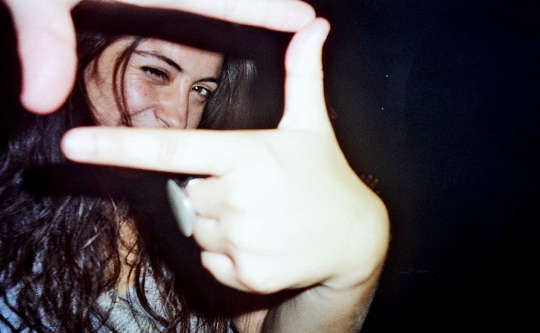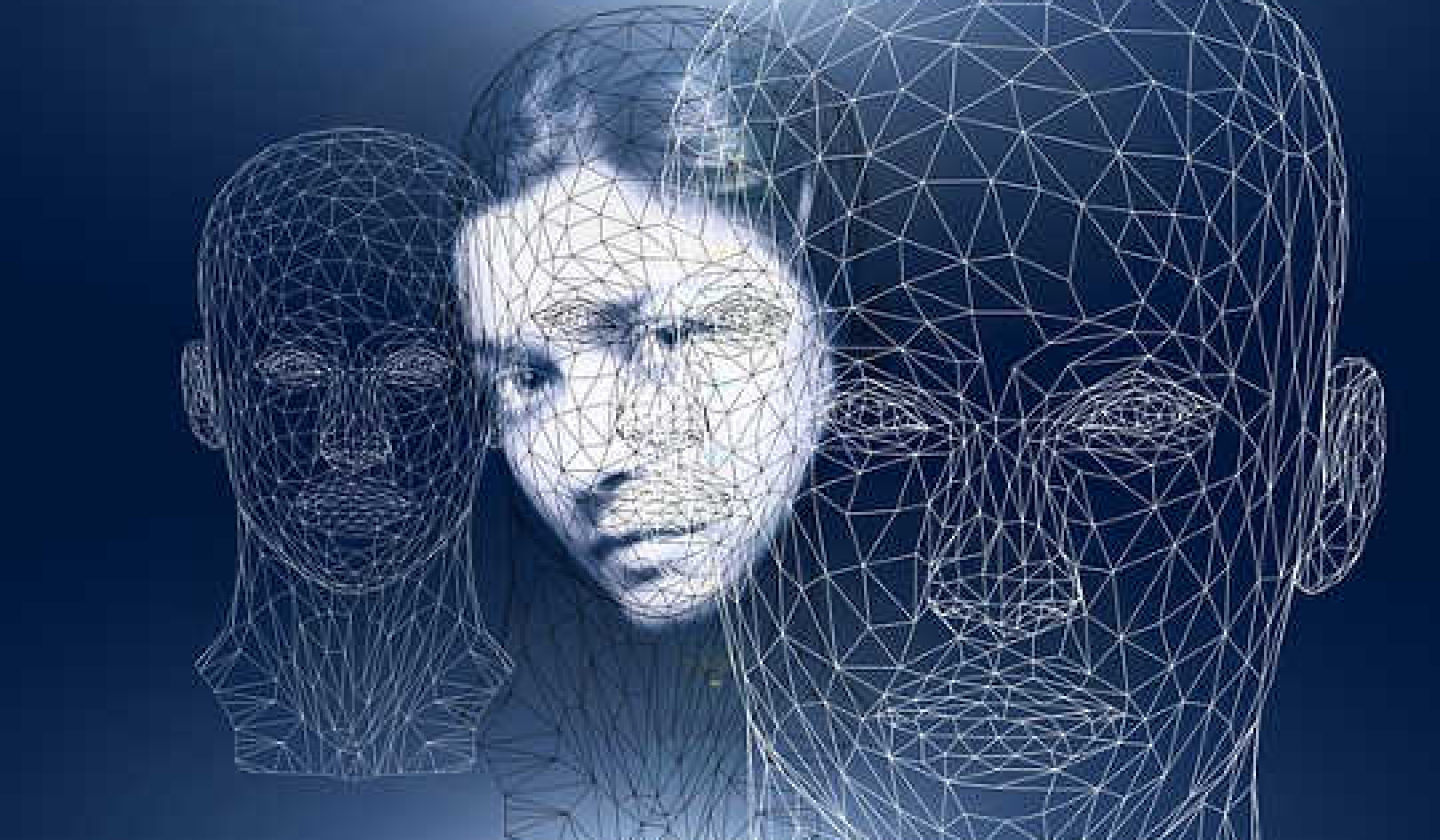
Our ability to pinpoint the exact location and size of things varies from one person to the next, and even within our own individual field of vision, according to a new study.
“We assume our perception is a perfect reflection of the physical world around us, but this study shows that each of us has a unique visual fingerprint,” says study lead author Zixuan Wang, a doctoral student in psychology at the University of California, Berkeley.
The discovery has ramifications for the practices of medicine, technology, driving, and sports, among other fields where accurate visual localization is critical.
For example, a driver who makes even a small miscalculation about the location of a pedestrian crossing the street can cause a catastrophe. Meanwhile, in sports, an error of visual judgment can lead to controversy, if not a fiercely disputed championship loss.
Take, for example, the 2004 US Open quarterfinals, in which tennis icon Serena Williams lost to Jennifer Capriati after a series of questionable line calls. An umpire incorrectly overruled a line judge who called a backhand hit by Williams as in, resulting in an apology to Williams by the US Tennis Association.
“Line judges need to rule on whether the ball is outside or inside the parameters. Even an error as small as half a degree of visual angle, equal to a sub-millimeter shift on the judge’s retina, may influence the result of the whole match,” says Wang, a die-hard tennis fan.
Researchers sought to understand if different people see objects in their surroundings exactly the same way. For example, when glancing at a coffee cup on a table, can two people agree on its exact position and whether its handle is big enough to grip? The result of a series of experiments suggest not, though there’s an upside.
“We may reach for a coffee mug thousands of times in our life, and through practice we reach our target,” Wang says. “That’s the behavioral aspect of how we train ourselves to coordinate how we act in relation to what we see.”
In the first task to test visual localization, study participants pinpointed on a computer screen the location of a circular target. In another experiment looking at variations of acuity within each person’s field of vision, participants viewed two lines set a minimal distance apart and determined whether one line was located clockwise or counterclockwise to the other line.
And in an experiment measuring perception of size, participants viewed a series of arcs of varying lengths and were asked to estimate their lengths. Surprisingly, people perceived the exact same arcs to be bigger at some locations in the visual field and smaller at other locations.
Overall, the results showed remarkable variations in visual performance among the group and even within each individual’s field of vision. The data were mapped to show each study participant’s unique visual fingerprint of perceptual distortion.
“Though our study might suggest that the source of our visual deficiencies can originate from our brain, further investigations are needed to uncover the neural basis,” says Wang.
“What’s also important,” she adds, “is how we adapt to them and compensate for our errors.”
The research appears in the Proceedings of the Royal Society B: Biological Sciences. Additional co-lead authors of the study are David Whitney at UC Berkeley and Yuki Murai at UC Berkeley and Osaka University in Japan.

Related Books:
Atomic Habits: An Easy & Proven Way to Build Good Habits & Break Bad Ones
by James Clear
Atomic Habits provides practical advice for developing good habits and breaking bad ones, based on scientific research on behavior change.
Click for more info or to order
The Four Tendencies: The Indispensable Personality Profiles That Reveal How to Make Your Life Better (and Other People's Lives Better, Too)
by Gretchen Rubin
The Four Tendencies identifies four personality types and explains how understanding your own tendencies can help you improve your relationships, work habits, and overall happiness.
Click for more info or to order
Think Again: The Power of Knowing What You Don't Know
by Adam Grant
Think Again explores how people can change their minds and attitudes, and offers strategies for improving critical thinking and decision making.
Click for more info or to order
The Body Keeps the Score: Brain, Mind, and Body in the Healing of Trauma
by Bessel van der Kolk
The Body Keeps the Score discusses the connection between trauma and physical health, and offers insights into how trauma can be treated and healed.
Click for more info or to order
The Psychology of Money: Timeless lessons on wealth, greed, and happiness
by Morgan Housel
The Psychology of Money examines the ways in which our attitudes and behaviors around money can shape our financial success and overall well-being.




























